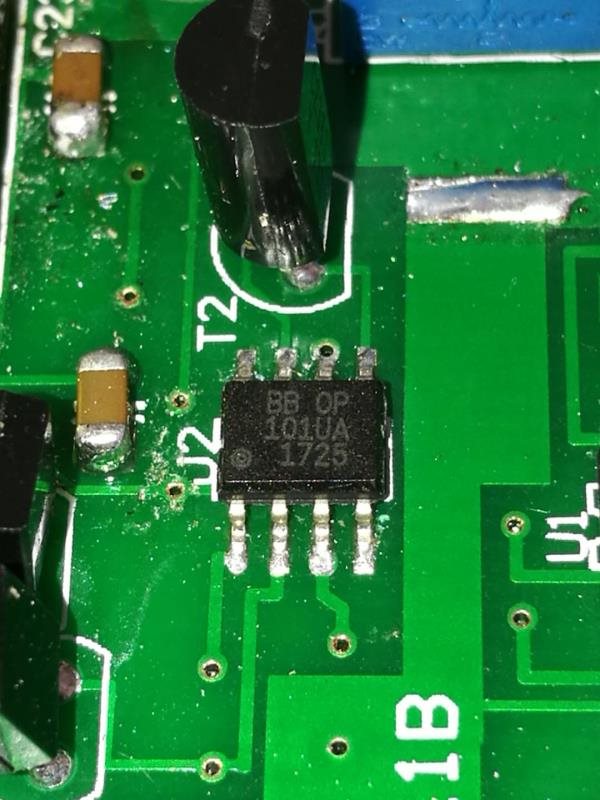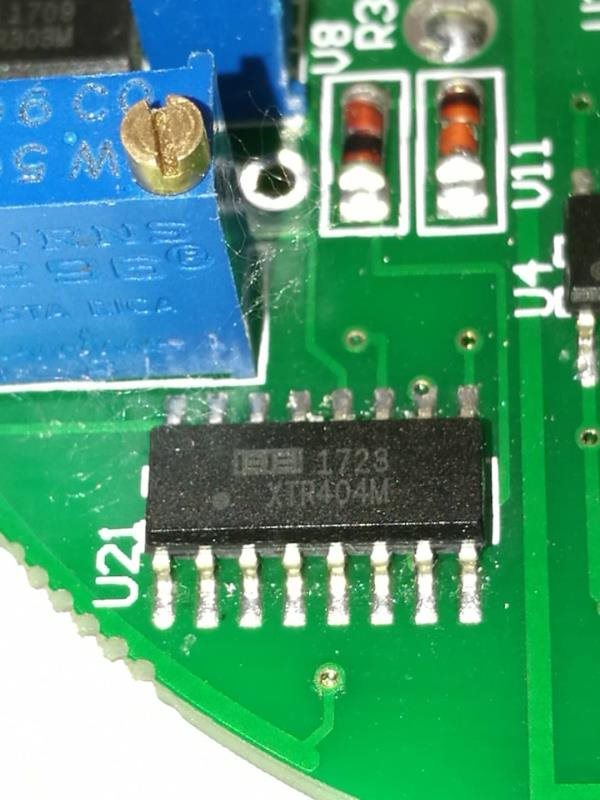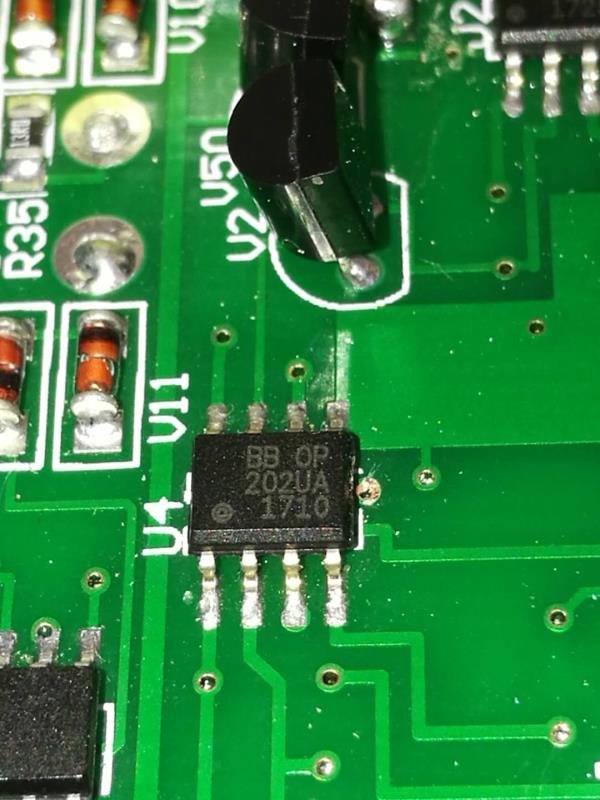Other Parts Discussed in Thread: OPA202, LMP7721
Hi team,
My customer is using some really old parts which used to belong to BB(XTR303,XTR404,OP101,OP202,OP707). They can’t find anything regarding these parts, even datasheet. Can you help to figure out what they are? And which devices can be used to replace these?
Below are the pictures:
Thanks a lot!
Regards!
Yangbo






